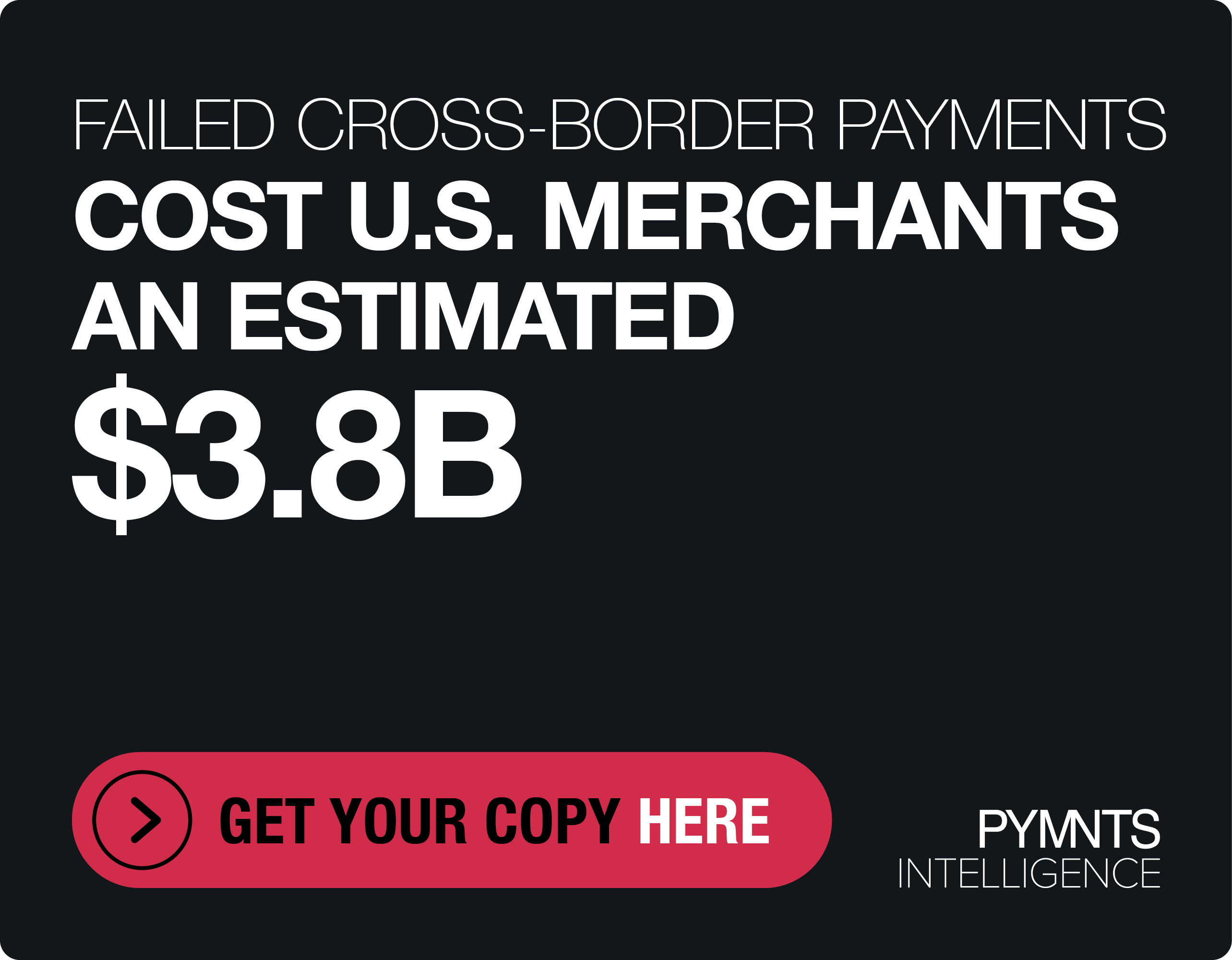APIs Give Companies Granular Insight Into Expense Management

The expense management space is rapidly evolving as businesses demand more flexible ways to manage their spend and investment continues to be poured into providers. Many expense management providers are investing in application programming interfaces (APIs) to drive more value and improve their corporate spend platforms.
For developers building these commercial services for clients, APIs offer several features, such as the ability to programmatically make policy adherence checks on purchases in real-time. It reduces the amount of manual work required and allows employers to budget better through near real-time visibility of expenses.
“[This is unlike when] I submit my expense reports one to three months later after the expense has occurred. That spending can be all over the place, and the finance teams [will] struggle to adjust and make their budgets and their forecasts properly,” Katherine Degnen, vice president of product at Fidel API, told PYMNTS in an interview.
The API eliminates the need to manually submit receipts into expense reports, lifting that burden for both developers’ clients and employees.
Read more: Fidel Targets US Market in Expansion of Card-Linking Technology
Fidel API is a global financial infrastructure platform which enables developers to build programmable experiences when a transaction occurs on any payment card.
Launched in 2018, the company has offices in London, England, and Lisbon, Portugal, and rolled out operations in the U.S. in July 2020 with an office in New York. Its clients range from startups to global enterprises like Google, British Airways, Royal Bank of Canada and Blackhawk Network.
Transaction Stream API
Last November, the London-headquartered firm announced the launch of its Transaction Stream API, which can be used to power the next generation of corporate expense management platforms, along with other consumer financial management applications.
See also: Fidel Connects Developers to Card Data With New API
In the past, employees had to spend time at the end of each month sorting receipts, taking photos and attaching them to an expense report, before manually filling out all the details on where the transaction occurred, how much it was for and what category code it was in. Then, a manager had to approve each receipt in the report.
A few years ago, technology emerged around corporate cards issued by expense management providers to alleviate some of the burden of these expense reports, but it didn’t solve the problem entirely.
“The issue [is that] not everyone wants to use a card provided by an expense management provider, and there are legacy card programs that [require] migrating, which is really burdensome, especially at a larger company,” Degnen explained.
Here, Fidel API saw a huge opportunity for the Transaction Stream API, which Degnen said is like a “Bring Your Own Card” system that allows companies to link major payment cards to a program, while still benefiting from the automation.
For example, when a user makes a qualifying expense transaction, they may be prompted to snap a picture of the receipt at the moment of purchase. Or, if a purchase is below a certain threshold and falls within the category spend policy, the employer may choose to automatically approve it and reimburse the user before they have even left the store.
“All they [employees] have to do is click a button [to submit the transaction receipt], which saves them a lot of time,” Degnen said.
Additional Data Sources
Degnen said that Fidel API is working to deepen its capability by using additional data points related to each transaction.
“What we can do with our APIs — and allow our clients to do — is to bring in sustainability data on each transaction and be able to have access to a more granular data set that can help them make even broader business decisions outside of just ‘approve this expense or not,’” she explained.
Degnen concluded that digital spend management solutions will continue to be geared towards the needs of three core users: the spending employee, human resources and the individual in charge of expense reports in a finance department.
“We’re going to be able to do a lot more to solve those [three] groups of users’ pain points that historically were impossible because of the way the industry was set up. So, I think we’re going to start seeing a lot of innovation there as well,” she said.
